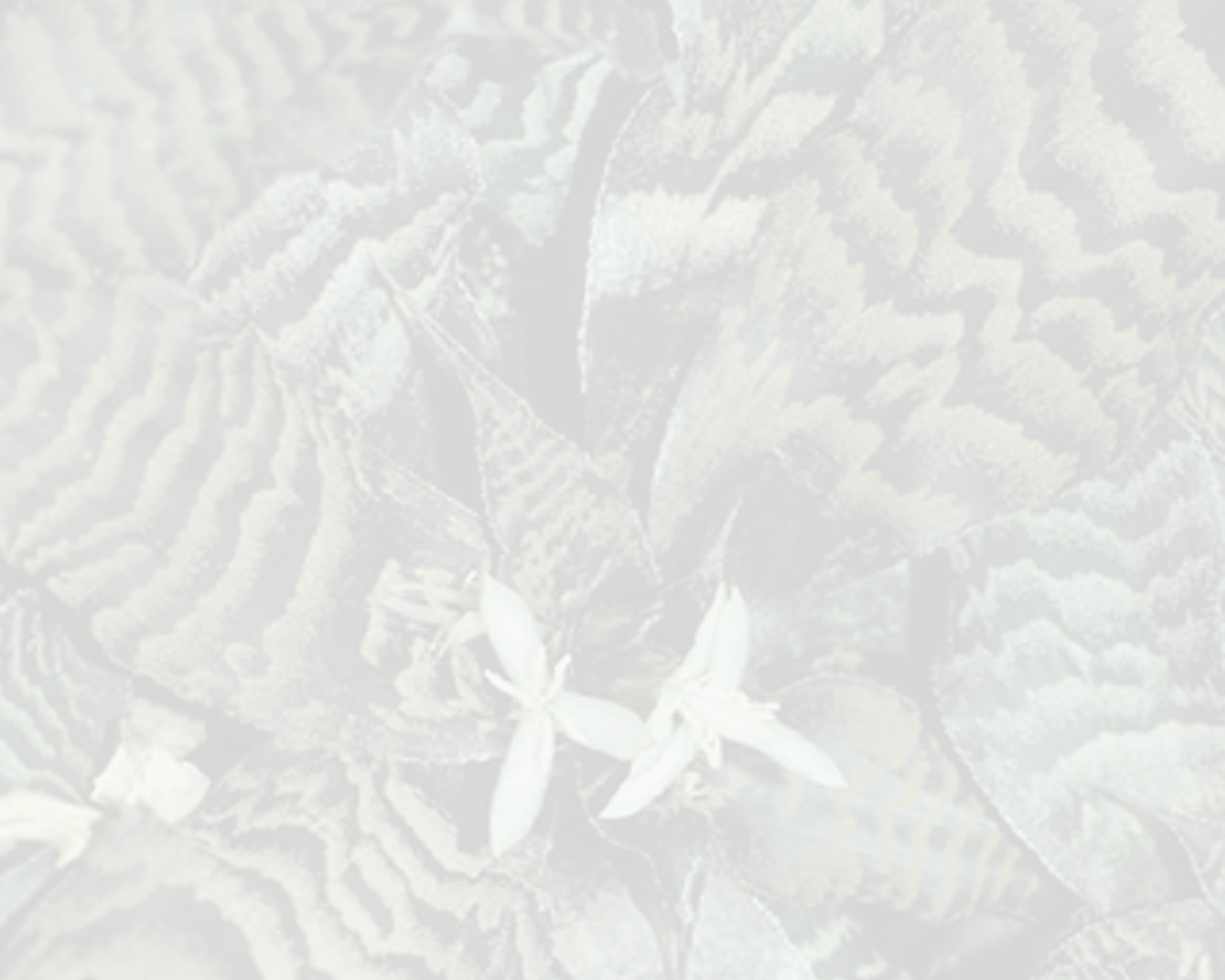

García et al. 2025 (Article) Tillandsia, phorophytes
Direct and indirect effects of the epiphyte Tillandsia recurvata (Bromeliaceae) on the growth of three of its phorophytes: A greenhouse experiment.
Author(s):— García-García N.V., Valencia-Díaz S ., Vergara-Torres C.A., Rios M.Y ., . Morales-Linares J & Flores-Palacios A.
Publication:—Plant biology ahead of print. (2025) — DOI
Abstract:—It is assumed that commensalistic and amensalistic relationships describe the interactions between epiphytes and their phorophytes. However, several correlational studies suggest that these interactions can be antagonistic (structural parasitism) or mutualistic. The few field experiments showed contradictory outcomes and did not control for branch age (being older branches with epiphytes). To test the effect of the epiphytic bromeliad Tillandsia recurvata on growth of their phorophytes, we performed a 1-year greenhouse experiment using three phorophyte species. In these, the natural abundance of T. recurvata differed. We used 2-year-old plants of Ipomoea murucoides and 1-year-old sibling saplings of Bursera copallifera and B. fagaroides. Each phorophyte individual was randomly subjected to the presence of T. recurvata in the crown (30% cover or free) or planted with T. recurvata litter in the soil. We found no effect of T. recurvata on growth of I. murucoides. For B. fagaroides, T. recurvata was a structural parasite because of reduced shoot survival when added to the soil. In B. copallifera, T. recurvata reduced shoot survival when present in the crown but increased shoot survival when added to the soil, which had a strong positive effect. Our evidence shows that the relationship between T. recurvata and its phorophytes cannot be generalized. Effect depends on phorophyte species. Our experiment also shows the importance of resolving ideas on the impact of epiphytes in the crown and when grown into the forest soil, suggesting that the indirect effect through the soil is more important.
Keywords:—amensalism, commensalism, plant–plant interaction, structural parasitism